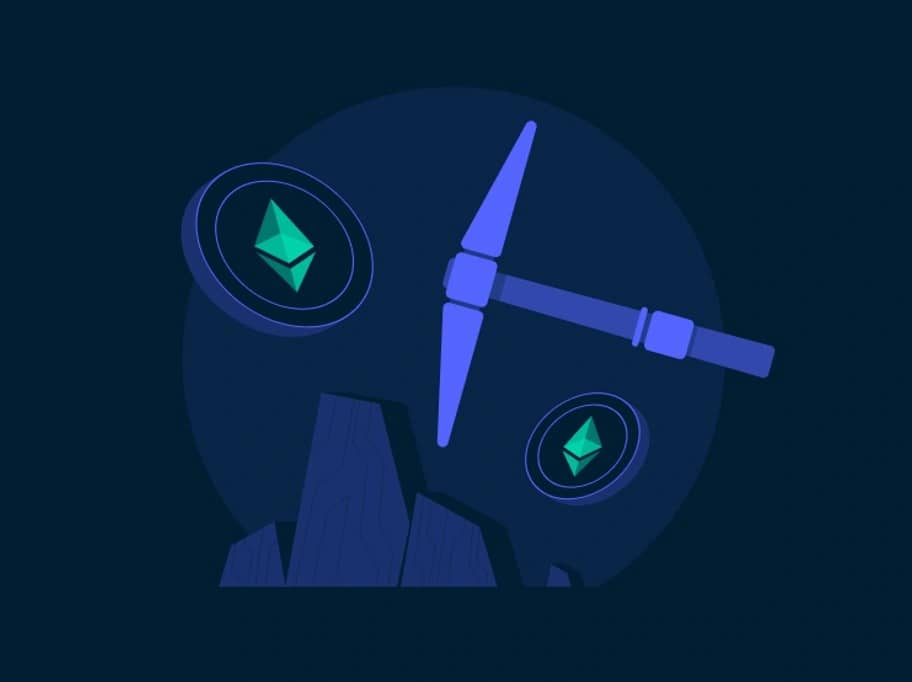위키 구독하기
Share wiki
Bookmark
Liquidity Mining
에이전트 토큰화 플랫폼 (ATP):에이전트 개발 키트(ADK)로 자율 에이전트 구축
Liquidity Mining
유동성 마이닝은 사용자가 프로토콜에 유동성을 제공하는 대가로 해당 프로토콜의 네이티브 토큰을 받는 일종의 토큰 분배 프로그램입니다.
대표적인 유동성 마이닝 프로그램의 한 유형은 DeFi 프로토콜에 유동성을 제공하는 사용자에게 거버넌스 토큰을 분배하는 것입니다. 거버넌스 토큰은 보유자에게 이러한 네트워크의 변경 사항에 대한 투표권과 소유권을 부여합니다. [1][2]
Trivia
- IDEX (아이덱스), 이더리움 기반의 분산형 거래소는 2017년 10월에 유동성 마이닝 개념을 도입했습니다.
- Synthetix (신세틱스)는 2019년 3월에 유동성 마이닝 프로그램을 출시하여 이 개념을 발전시켰습니다.
- Compound(컴파운드), Balancer(밸런서), yEarn (이언), Uniswap(유니스왑), 그리고 SushiSwap (스시스왑)은 2020년에 유동성 마이닝 개념을 대중화했습니다.
- 유동성 마이닝은 암호화폐를 통해 분산형 거래소(DEX)에 유동성을 제공하는 행위입니다. 거래소의 주요 목표는 유동성을 확보하는 것이므로, DEX는 자본을 플랫폼에 제공하려는 사용자에게 보상을 제공하려고 합니다.
- "yield farmer (수익 농사꾼)"는 유동성을 제공하지만 수익뿐만 아니라 새로운 토큰도 얻습니다.
소개
유동성 마이닝은 일종의 수익 농사입니다. DeFi 프로토콜이 유동성을 유치하기 위해 만든 인센티브 프로그램입니다. 이 프로세스에는 DeFi 사용자가 유동성 풀에 기여하는 것에서 얻는 일반적인 수수료 외에 보너스로 토큰을 받는 것이 포함됩니다. DeFi 프로토콜에서 시작된 유동성 마이닝 프로그램은 공정 출시, 프로그래매틱 분산 및 마케팅 중심(성장 마케팅)의 세 가지 범주로 나눌 수 있습니다. [3][4]
유동성 마이닝은 수익 농사꾼이 일반적인 수익(이것이 바로 "마이닝" 부분입니다)뿐만 아니라 새로운 토큰도 얻는 것입니다. [5]
거버넌스 토큰은 유동성 마이닝에서 중요한 역할을 합니다. 종종 liquidity providers (유동성 제공자)에게 제공되기 때문입니다. 2020년에 여러 DeFi 프로토콜은 유동성 제공자(LP)에게 기존 수익률과 거버넌스 토큰을 모두 보상하기로 결정했습니다. 이는 LP가 추가적인 수입원을 얻을 수 있기 때문에 유동성 마이닝을 더욱 활성화했습니다. 또한, 거버넌스에 참여할 수 있으므로 프로토콜에 대한 지분을 받게 됩니다. 그렇게 함으로써 프로토콜, 작동 방식, 그리고 더 많은 유동성 풀을 변경할 수 있습니다. [6][7]
공정 출시
공정 출시의 주요 목표는 직접 판매가 아닌 객관적인 기준을 통해 대부분의 토큰을 분배하고 모든 사람이 그 분배에 동등하게 접근할 수 있도록 하는 것입니다. Uber가 처음부터 운전자와 승객이 소유하는 것과 같다고 생각하십시오. [8]
프로그래매틱 분산
프로그래매틱 분산의 목표는 점진적으로 커뮤니티 소유권을 확보하고 재무 관리를 최소화하는 것입니다. Uber가 향후 몇 년 동안 대부분의 주식을 운전자와 승객에게 분배하기로 법적 구속력 있는 계약을 체결하는 것과 같다고 생각하십시오. [9]
성장 마케팅
주요 목표는 미리 정의된 기간 동안 특정 사용자 행동을 유도하는 것입니다. Uber가 고객의 승차료 일부를 Uber 주식으로 환급하는 것과 같다고 생각하십시오. [10]
인기
2020년 6월
Compound (컴파운드)는 사용자가 자산을 대출하고 차용할 수 있는 알고리즘 기반 머니 마켓입니다. 이더리움 지갑이 있는 사람이라면 누구든 Compound의 유동성 풀에 자산을 공급하고 즉시 복리로 이자를 얻을 수 있습니다. 금리는 공급과 수요에 따라 알고리즘 방식으로 조정됩니다. [11]
2020년 6월, Compound는 프로토콜이 4년 동안 사용자에게 COMP 토큰을 제공할 것이라고 발표했습니다. 모든 토큰이 분배될 때까지 매일 고정된 양을 제공합니다. 이러한 COMP 토큰은 주주가 상장 회사를 궁극적으로 통제하는 것처럼 프로토콜을 통제합니다. [14]
지원되는 암호화폐를 보유한 사용자는 누구든지 Compound 스마트 계약에 예치하여 유동성 풀에 합류하고 이자를 생성하기 시작할 수 있습니다. 이자는 자금을 빌리고 대출에 대한 이자를 지불하는 다른 사용자로부터 발생합니다. [15]
Balancer(밸런서)는 유동성 제공자에게 거버넌스 토큰인 BAL을 배포하기 시작한 다음 프로토콜이었습니다. Ren (렌), Curve Finance(커브 파이낸스), 그리고 Synthetix(신세틱스)도 Curve (커브)에서 유동성 풀을 홍보하기 위해 협력했습니다. [12]
Frax Finance
2020년 말, Everipedia (에버피디아)의 Sam Kazemian (샘 카제미안)이 설립한 알고리즘 스테이블코인 프로젝트인 Frax Finance (프랙스 파이낸스)는 FXS 거버넌스 토큰을 중심으로 유동성 마이닝 캠페인을 시작했습니다. 이는 Frax의 주요 Uniswap 유동성 풀에서 FXS 보상을 분배하여 신규 사용자가 프로젝트를 지원하도록 유도합니다. [16]
개요
유동성 마이닝을 통해 사용자는 수동적으로 암호화폐를 얻고 예금 이자보다 높은 수입을 얻을 수 있습니다. 그러나 이 방법에는 다른 유형의 마이닝에는 없는 고유한 위험이 있으므로, 특히 프로젝트가 높은 수익을 약속하는 경우 DeFi 프로토콜 사용자는 프로토콜의 유동성 풀에 토큰을 제공할 때 항상 주의해야 합니다. [13]
장단점
잘못된 내용이 있나요?
